Entertainment Analytics for Studios: Top 5 Script Mistakes
Posted: June 1, 2023 | Updated: June 21, 2023
Posted In: Articles
Every film and television studio in the industry has one major thing in common: they’re all searching for the next big thing that will captivate audiences and generate revenue.
Whether it be the summer’s best movie blockbuster or the feature film that garners critical or award recognition, at the end of the day, success, from an entertainment analytics perspective, is ultimately determined by audience reception.
With a plethora of online streaming service providers, pleasing viewers has gotten harder and harder over the years.
Information overload and streaming take over has provided audiences with a multitude of content to choose from and a variety of entertainment outlets that supply it.
Many Hollywood studios have very specific target demographics in mind when they’re envisioning a new film or T.V. show, but it’s become increasingly difficult among major companies to determine what these demographic populations will find new and exciting and how to market towards their changing tastes.
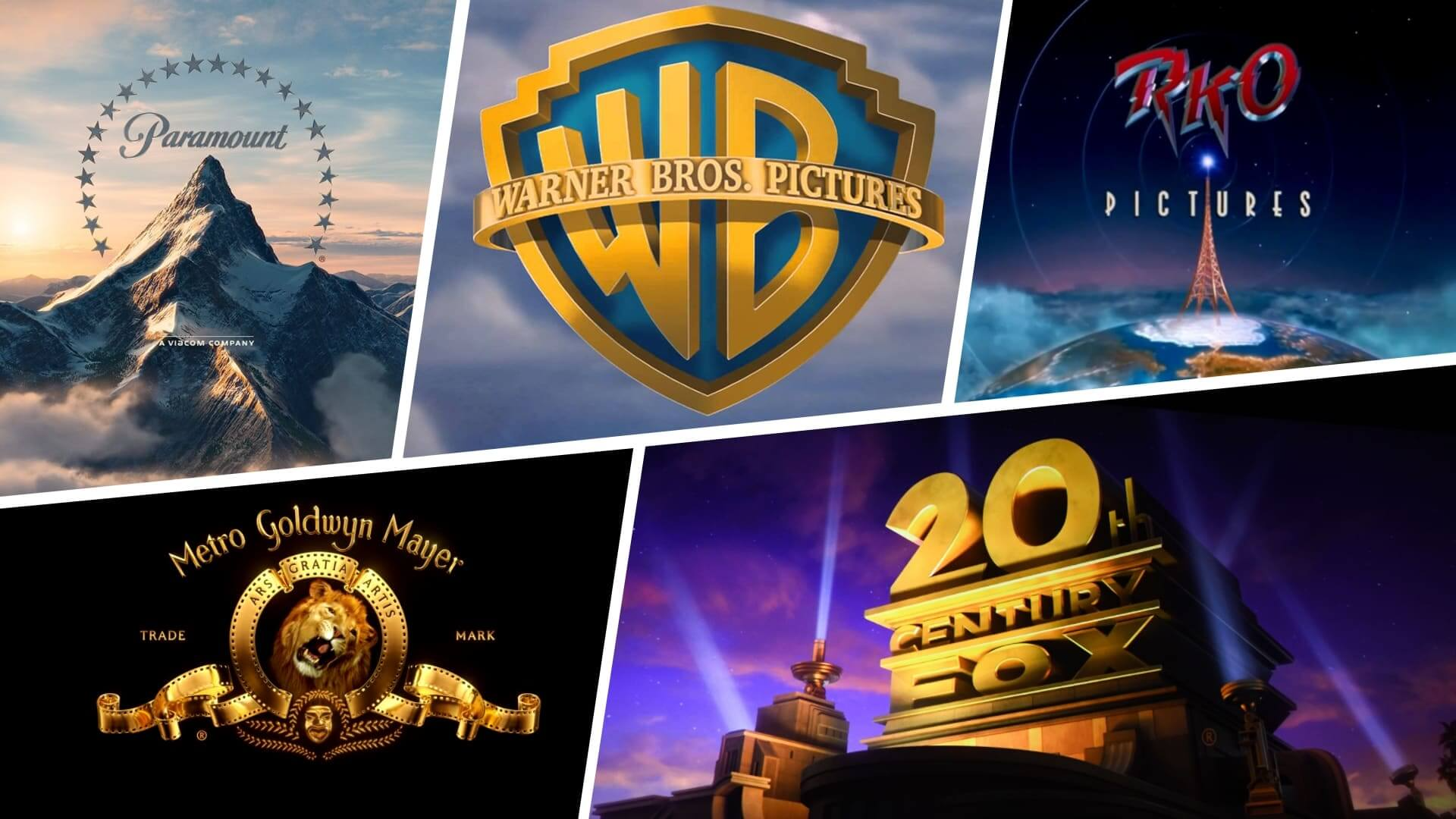
Guesstimating leads to flopping – and big studios aren’t in the business of spending millions of dollars to make movies and shows that don’t turn a profit.
StoryFit revolutionizes this process by combining rich NLP and machine-learning expertise with a deep understanding of narrative content to give studios story and audience insights before the production process. The script stage of a story is a vital one and we know how important it is to get it right the first time.

After working with some of the best-known studios, broadcasters, and streaming networks in the industry, we have seen a script or two and have come to learn the difference between a Hollywood hit and a box office bomb.
This entertainment analytics article will identify the top 5 mistakes often found in scripts, shedding light on the pitfalls to avoid and offering insights into crafting a successful screenplay.
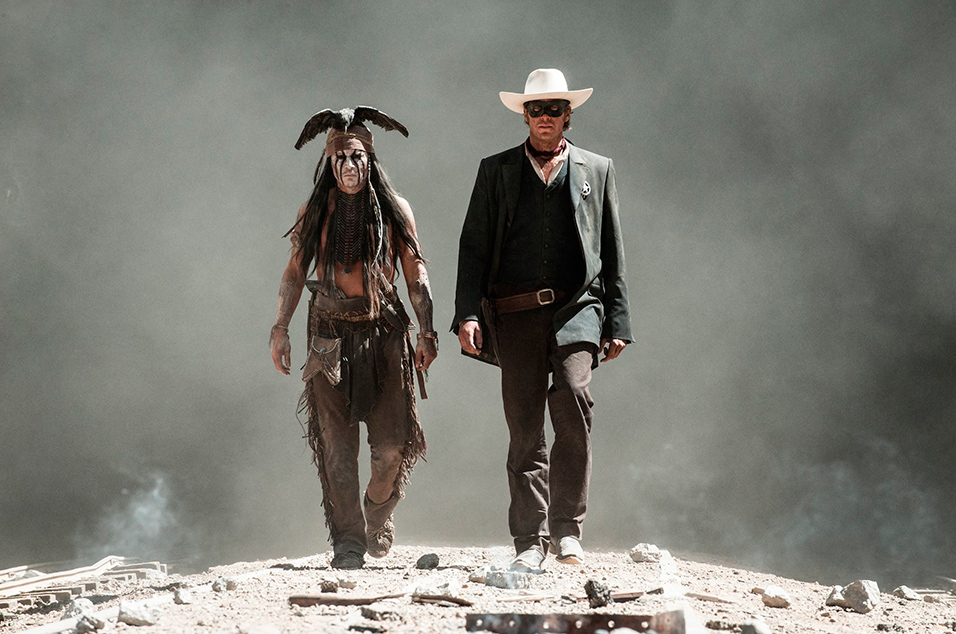
Mistake #1: A Lack of Originality
Part of what separates good stories from great ones is uniqueness. Incorporating narrative elements and themes that surprise and excite audiences leads to higher amounts of engagement, which in turn promotes viewer enjoyment.
Depending on formulaic storytelling and clichéd plot lines is the telltale sign that a script will falter. Chances are if you’ve seen it before, so has your intended audience – and they might not be enthusiastic the second (or third) time around.
Popular franchises like Star Wars seem to contradict this theory – but let’s explain.
Critics may argue that the iconic and beloved franchise has been “watered down” over the years due to its number of sequels, prequels, spin-offs and TV productions. Disney is definitely guilty of maxing out the IP for all that it’s worth (and then some) to capitalize on global profits. The series now has its own world inside of the Disney theme parks. But the long-running success and prolonged commercial interest is more than just nostalgia.
The idea of Star Wars seems dated, but part of what keeps audiences coming back all these years later is the originality of the story world. When it first hit the screen in 1977, no one had seen anything like it before – ever.
The movie not only paved the way for other popular science fiction/fantasy series, but it revolutionized the way Hollywood and the media showcased special-effects-laden blockbusters and computer-generated imagery.
But you don’t need to think up an idea as groundbreaking as Star Wars to have a success story.
When writing a script or brainstorming a new idea, focusing on story elements that aren’t usually showcased or presenting narrative themes that put a new spin on something that has been done before is enough to peak audience interest.
Story Concepts That Drive Viewership
Once you have an established genre for your script and know the direction for where your story is headed, it’s important to utilize the story or narrative concepts that are intrinsic to your genre.
Determining what makes your story unique is essential to standing apart from your comps in a vast entertainment market.
StoryFit’s proprietary AI engine analyzes billions of these data points to reveal story insights in the pre-production stages of a script. These narrative and viewership elements are then compared to thousands of other scripts within our database to see where your story matches up against its primary competitors. You can learn more about this process here.
We can identify the superpowers of your story (unique elements that set you apart) and then detect how to further amplify those concepts to increase viewership and magnify originality.

Knowing which elements of your script to focus on is a major part of the puzzle. StoryFit not only compares your story against other titles within the genre, but identifies what your closest comps titles are and where they rank on those same narrative elements.

Mistake #2: Low Emotional Intensity
Often touted as a paramount for success, emotional intensity is a metric that both critics and audiences will agree is what keeps viewers invested for the long term. But what is it exactly?
Emotional intensity is a metric that refers to the level of a viewer’s engagement or attachment to a story at a particular moment or time. High emotional intensity correlates strongly with high viewer interest, making this an indispensable element to predict the future success of a script.
Screenplays that are high in this element often have many peaks and valleys – moments that spike above and below what we call the presence threshold (level of viewer awareness). These rises and falls add to the overall levels of suspense and audience investment, working to create tension throughout.
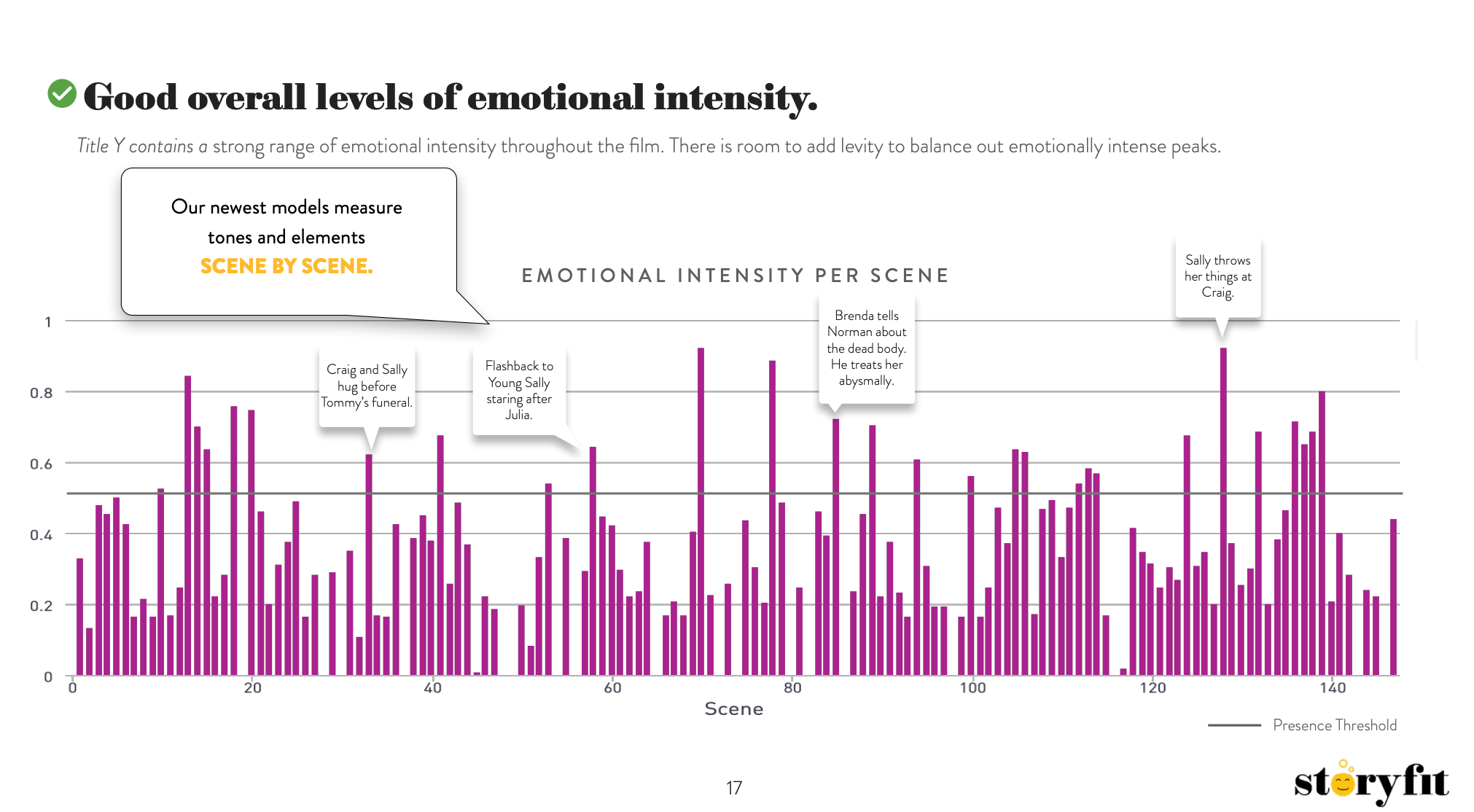
But emotionally intense moments are not just essential for riveting dramas or edge-of-seat thrillers. Some of the best emotionally intense moments come from comedies too.
Comedic or dramatic, emotional engagement is what makes audiences fall in love with stories, and the best scripts have these moments in spades.
Let’s use the 2022 big budget film, Babylon as a case study to show how emotional intensity can affect (or even predict success).
Despite its best laid plans, Babylon was widely considered to be a flop in the box office, bringing in a mere $63 million in comparison to its $110 million production budget.
We used our story intelligence platform to analyze the film and see where it went wrong. As depicted in the graph below, the film lacks strong emotional intensity in the middle of the story.
Viewers drop off at the point where they should be the most engaged. The low emotional intensity in the middle of a script does not incentivize viewers to continue watching, which is needed to get to the more intense conclusion of the film.
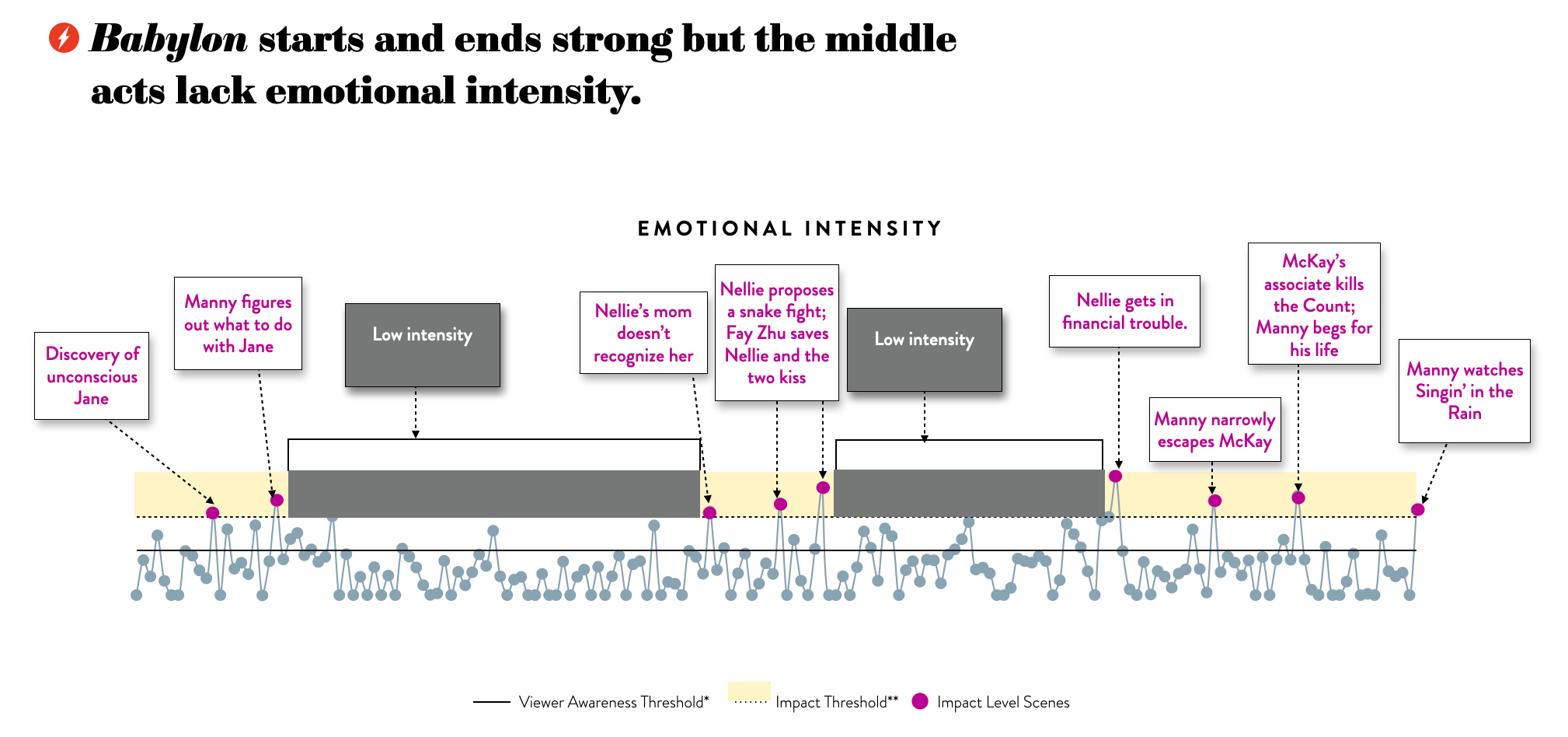
Mistake #3: Weak Character Development
At StoryFit, we like to say that great characters are the foundations of good stories, or great scripts for that matter.
You can have the most visual effects, emotional intensity, and riveting action of any previous blockbuster to hit the screen, but if your story lacks strong characters to hold its weight, audiences will just not be invested in the story. It’s that simple.
Iconic characters often possess a mix of both positive and negative traits, which increases their character relatability, and subsequently their audience likability.
Some of the traits StoryFit’s AI engine measures and compares across genres include: Anxious, Heroic, Greedy, Altruistic, and Narcissistic.
Traits that are considered the gold standard for audience perception are present in some of the world’s favorite media characters of all time. The correlation between characters possessing these qualities and audiences favoring these characters is notable.
The three most common Audience Perception traits we look for in a character analysis are:
- Likable
- Interesting
- Thought Provoking
These traits are essential to the success of any lead because it’s how audiences decide for themselves who these characters inherently are (motives, behavior, personality) – and subsequently how they should feel about them.
One way to determine a character’s strength is to measure their impact score. An impact score is a compilation of their most defining traits. If a character possesses a trait that measures above 10% or 25% of all other characters in the same genre, this would add to their overall impact score.
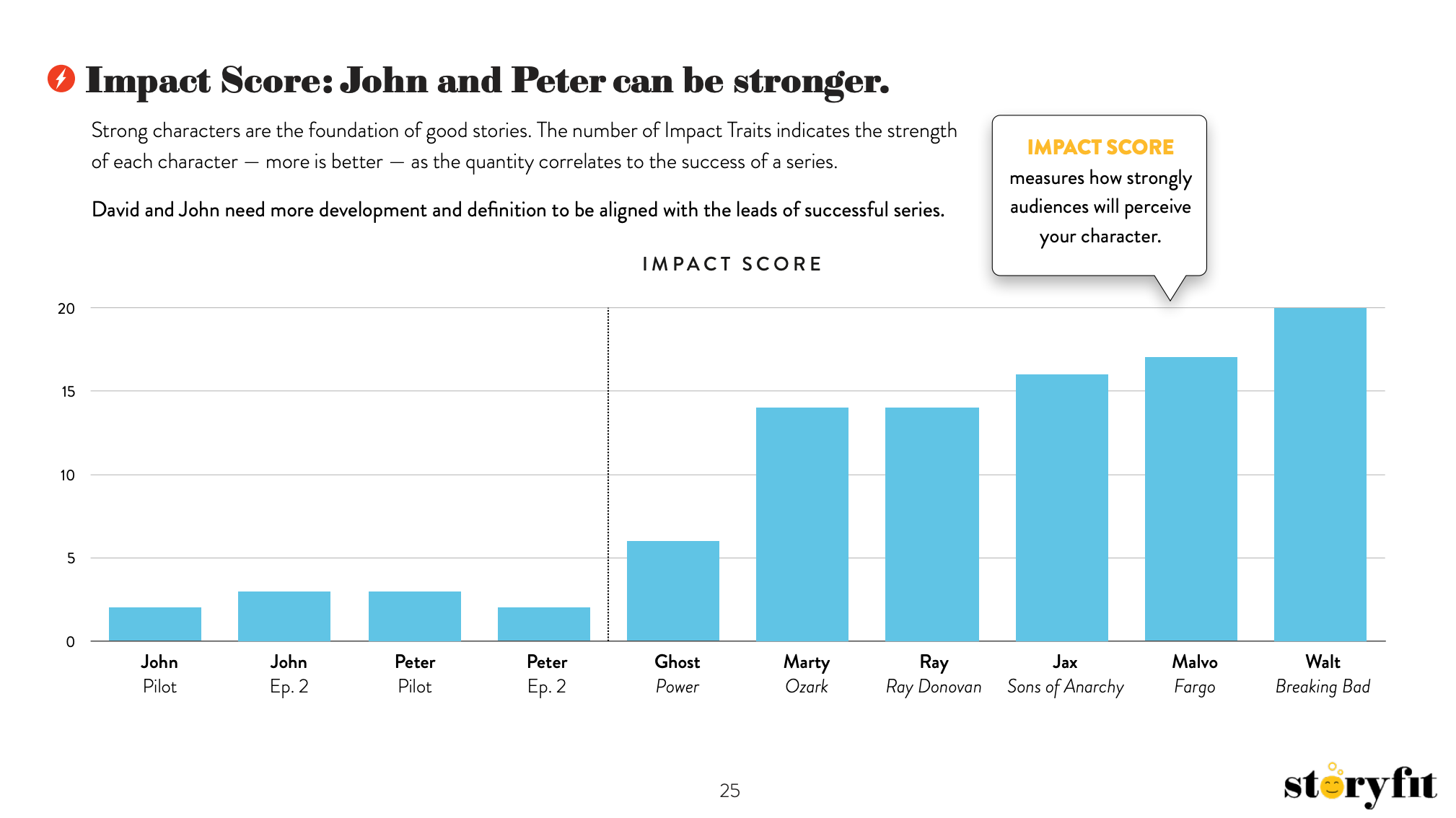
Complex characters like anti-heroes typically have higher character scores, as their personality is multi-faceted and audiences are left guessing as to what they will do next.
Learn more about character development and what makes a great character in these articles.
Mistake #4: Supporting Characters That Miss the Mark
A lead character in a script is only as good as the characters that support them.
One of the most common mistakes we see in big studio scripts is not enough attention on the supporting characters of the narrative.
Or, contrastingly, too much emphasis on the supportive characters, to the extent that it overshadows the lead and overwhelms the audience. We’ll examine examples of both below.

Don’t Worry Darling, a popular Drama-Thriller released last year was quick to receive media attention, but lacked the critical and audience reception needed to make it a box office hit.
Alice, the film’s lead, demonstrated strong and defining qualities throughout, but her main supporting characters lacked the same traits to be compelling enough for viewers.
Bunny and Frank register as average, exercising only moderately engaging traits for audiences. Jack, the protagonist’s love interest, demonstrated the lowest character score, and is most likely to have the least favorable audience perception compared to the rest of the cast (Harry Styles aside).
Another way we examine characters is through our Character Network graphic.
This chart is an elaborate visual mapping process designed to analyze character dialogue, interaction, presence, and centrality (% of shared interactions).
When we take a look at Babylon’s expansive and highly unorganized sprawl of characters in relation to The Great Gatsby, a thematically similar and proportionally budgeted film, it’s easy to see where Babylon went wrong.
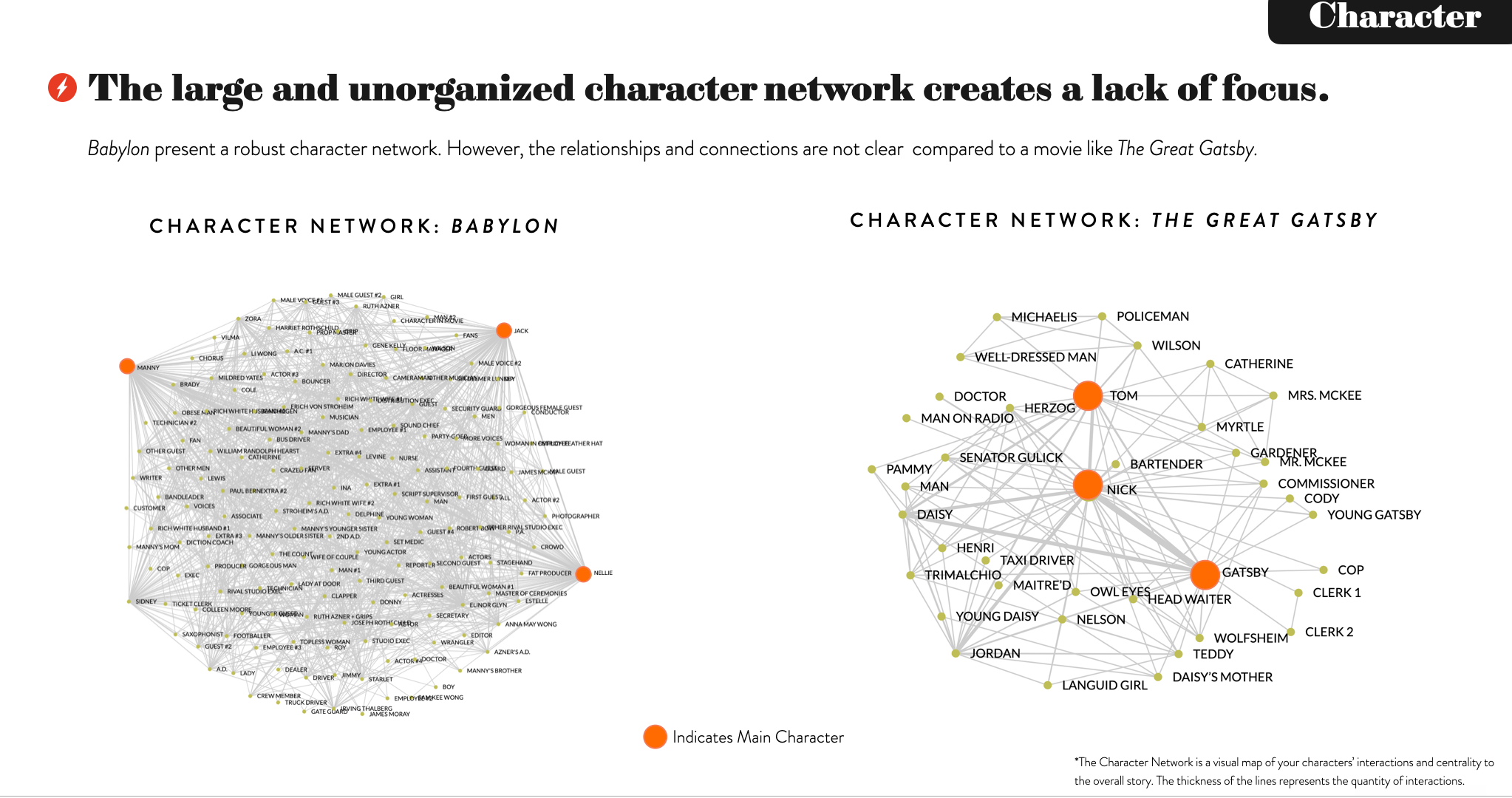
From the Character Network visualization, we can see how the relationships and connections between characters are not clear. This has a direct effect on how audiences evaluate these character relationships and decipher the importance of the various dialogue interactions within the story.
Mistake #5: Not Knowing the Right Audience
For box office success, audience is everything.
Knowing who your ideal audience is, where their interests lie, and how to best market to them is one of the most important aspects of the distribution process, yet studios get this wrong time and time again, and it costs them greatly.
Marketing efforts are one of the biggest expenditures in a blockbuster captain. With substantial added costs and up to 6-12 months of advertising, production studios need to have a game plan set for how to best get the job done with the right message (the first time around).
StoryFit’s story intelligence platform provides a number of audience-rich insights long before a frame of footage is filmed, adding significant value to the shaping of any marketing campaign in the entertainment industry. With reliable audience demographic predictions, affinity suggestions, and detailed taste clusters for your story and comparable titles, you can figure out who your ideal audience is and what will resonate with them most.
In the age of information overload and emerging network technology, it’s important to have marketable insights early on. When a studio knows what kind of audience they need to target, they can avoid million dollar mistakes and save weeks of precious time.
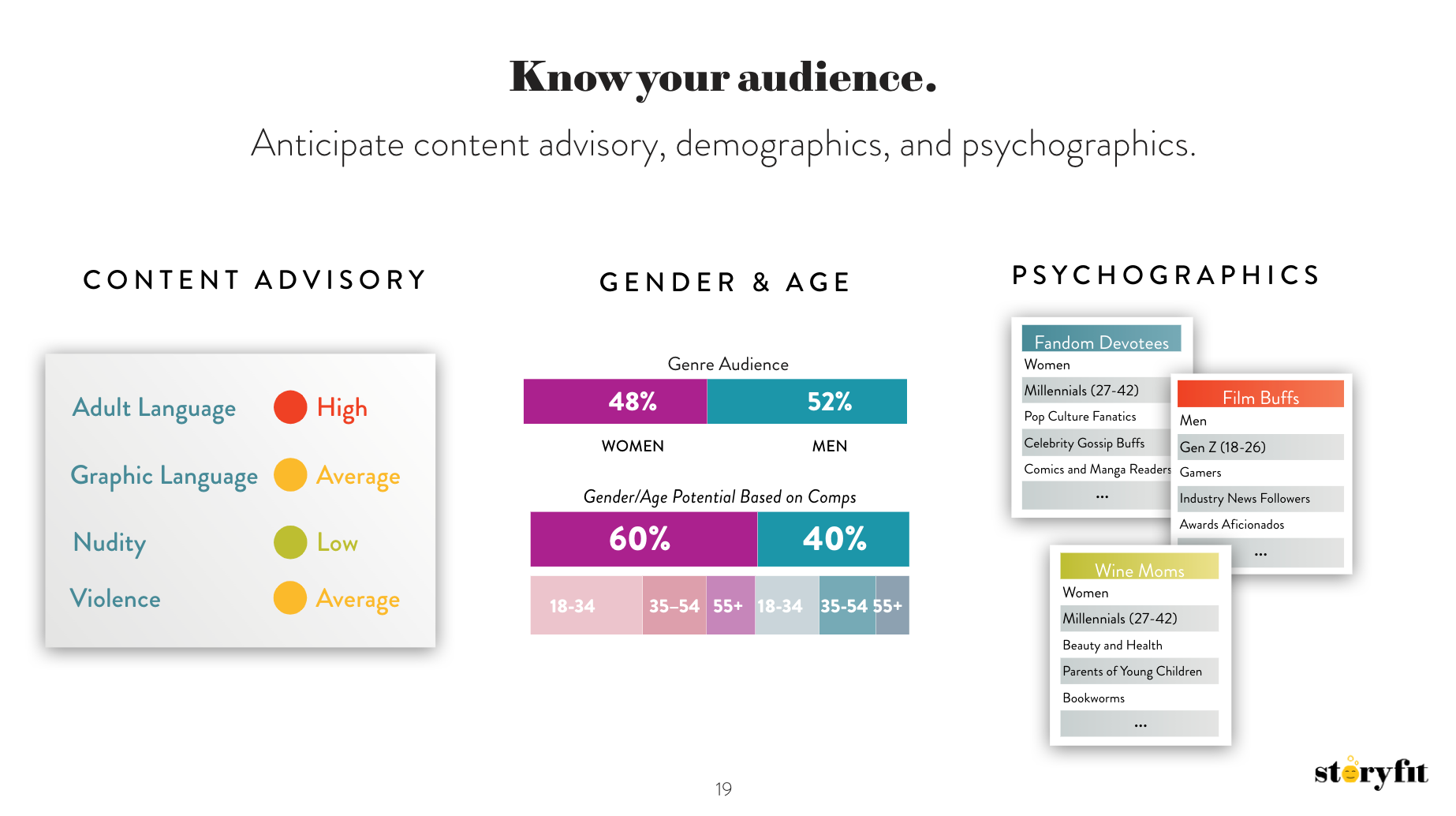
Conclusion
The world of big studio filmmaking is no stranger to both triumphs and failures. While large-budget scripts have the potential to create captivating and unforgettable cinematic experiences, they also carry the significant risk of falling into common pitfalls.
Examining the top 5 mistakes often found in big studio scripts is vital to evading financial losses in an ever-changing and fickle film environment. Incorporating the tips from above can help keep your script on target to captivate audiences everywhere.
Have questions about your script? Want to know how StoryFit can help boost your ROI?
Work with StoryFit today.
Sign up for our newsletter!
